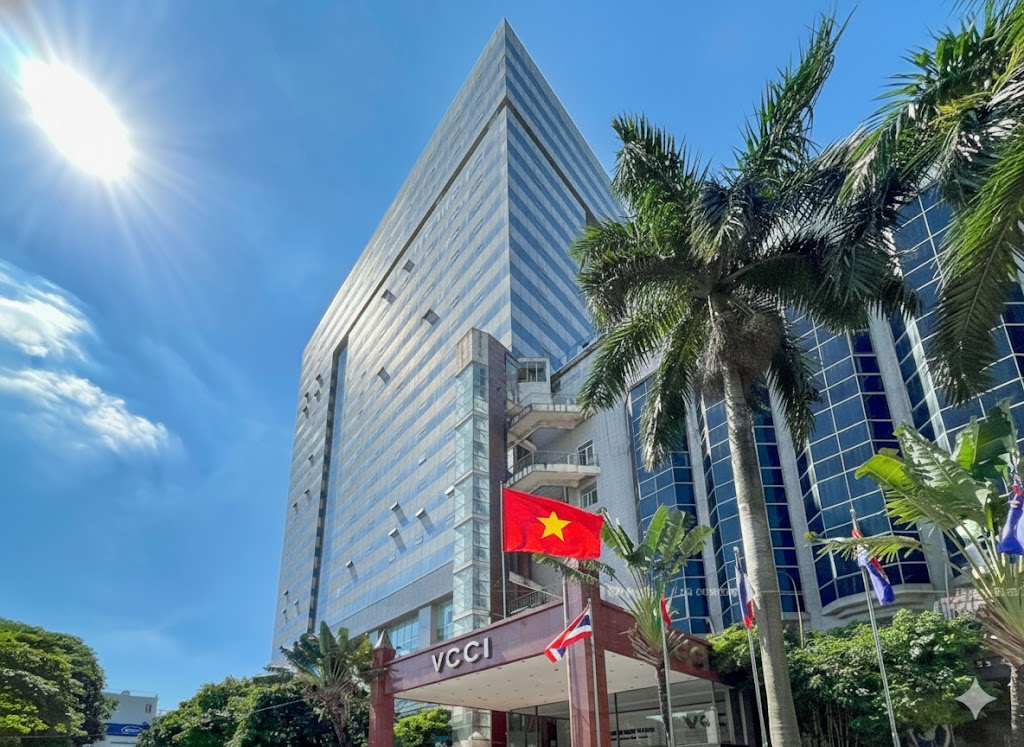Can current fiscal structures hold up?
Fiscal consolidation is not just about reducing spending. It is also about how much revenue can be raised by the government – both through tax and non-tax means.

Vietnam reduced its value-added tax (VAT) rate from 10% to 8%
Tax bases across ASEAN vary widely, ranging from 8% to 15% of GDP. At the upper end of that range, HSBC finds the Philippines. This wasn’t usually the case before 2017. However, from 2017 to 2021, the authorities undertook landmark reforms that strengthened the fiscal base considerably. Excise taxes were increased on fuel and “sin” products.
In addition, the country’s tax base was broadened by the removal of redundant tax exemptions and fiscal incentives or through sunset provisions. As a result, the tax revenue-to-GDP ratio rose considerably, even though personal and corporate income tax rates were lowered across the board. The gains from the recent reforms will likely help the country’s fiscal base withstand the headwinds ahead.
Singapore stands out again. While its FY2023 budget will only be announced early next year, the focus is known: the highly anticipated GST hike. Planned long before the pandemic, the GST will be introduced in two phases: a 1ppt hike on 1 January 2023 to 8%, followed by another 1ppt hike on 1 January 2024 to 9%. This will be the third GST hike in Singapore – the first occurred in January 2003-04 (3% to 4% to 5%) and the second (from 5% to 7%) in mid-2007.
“When the plan was announced in 2018, the government stressed the need to beef up revenues in response to increasing spending on education and healthcare, as by 2030 around a quarter of the population will be 65 years old and above, more than double the 2012 level. While the pandemic disrupted the implementation of the GST hike, the government is determined not to delay it further, even amid a high-inflation environment”, said HSBC.
The GST is Singapore’s third-largest source of revenue, accounting for around 15% of total revenues (Chart 7). Similar to the previous GST hikes, the government will also provide support – but at a larger scale – via the SGD6.6bn Assurance Package. Much of the support will come in the form of cash handouts, more U-save vouchers and additional subsidies for healthcare. The goal is to cover additional GST expenses for at least five years for most of the population and extended coverage of 10 years for lower income households. In addition to the GST, there are other tax tweaks to personal income tax and wealth taxes on property and luxury cars.
Meanwhile, Malaysia, Indonesia, Thailand and Vietnam are facing some challenges in terms of beefing up their tax revenues. The recent decline in the tax-to-GDP ratios for Thailand and Vietnam is partly due to temporary measures to help citizens cope with higher living costs. For instance, Thailand cut the annual taxes imposed on taxis and tuk-tuks, while the excise tax on a litre of diesel, the country’s most used fuel, was reduced by THB5.00.
Meanwhile, Vietnam reduced its value-added tax (VAT) rate from 10% to 8% and also cut the environmental tax on various fuels, but both tax cuts are only applicable until 2022. HSBC also notes that Vietnam’s decline in tax revenue as a percentage of GDP is also partly due to a GDP rebase from 2021.

Elsewhere, the decline in tax revenue is particularly worrying in Indonesia and Malaysia, which were already facing a downward trend in collection prior to the pandemic. In Indonesia, this has been a perennial problem for policymakers, as tax revenue has remained below 10% of GDP since 2016. In the case of Malaysia, the tax base deteriorated after mid-2018, when the government replaced the GST with the Sales and Services Tax (SST). While major tax changes seemed unlikely going into the budget, the major surprise was a 2ppt cut in personal income tax for taxable income of MYR50-100k, benefitting around 1m taxpayers who are generally the M40 (middle 40%). That said, individual tax revenue is budgeted to be 10% higher in 2023, as the government aims to broaden the tax base via two new initiatives: e-invoicing and the implementation of a Tax Identification Number (TIN).
Fortunately, both countries are collecting large “windfall” revenues this year due to high global energy prices. Chart 9 shows that 2022 YTD revenue growth is well above the usual trend (more so in Indonesia than in Malaysia). However, it remains to be seen, if these gains can be sustained through 2023 as global energy prices will likely moderate.








